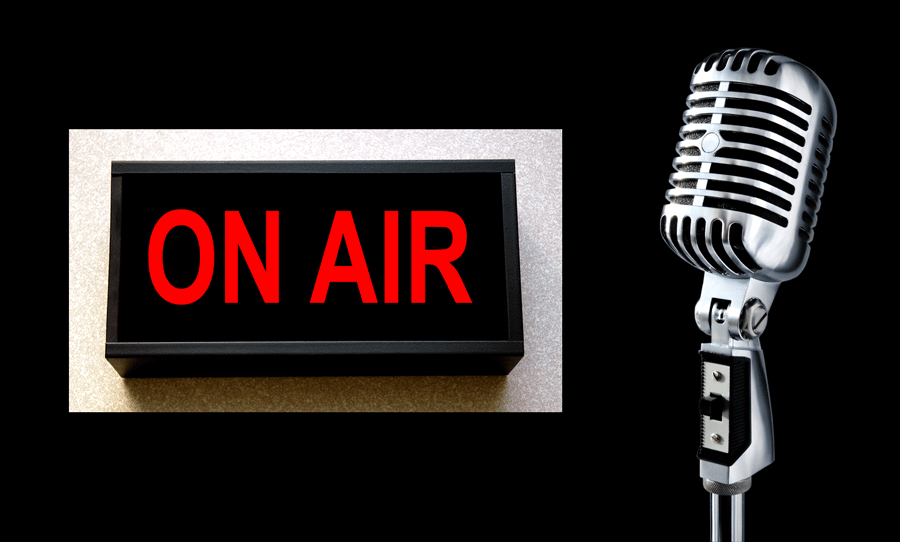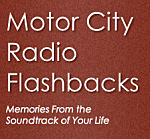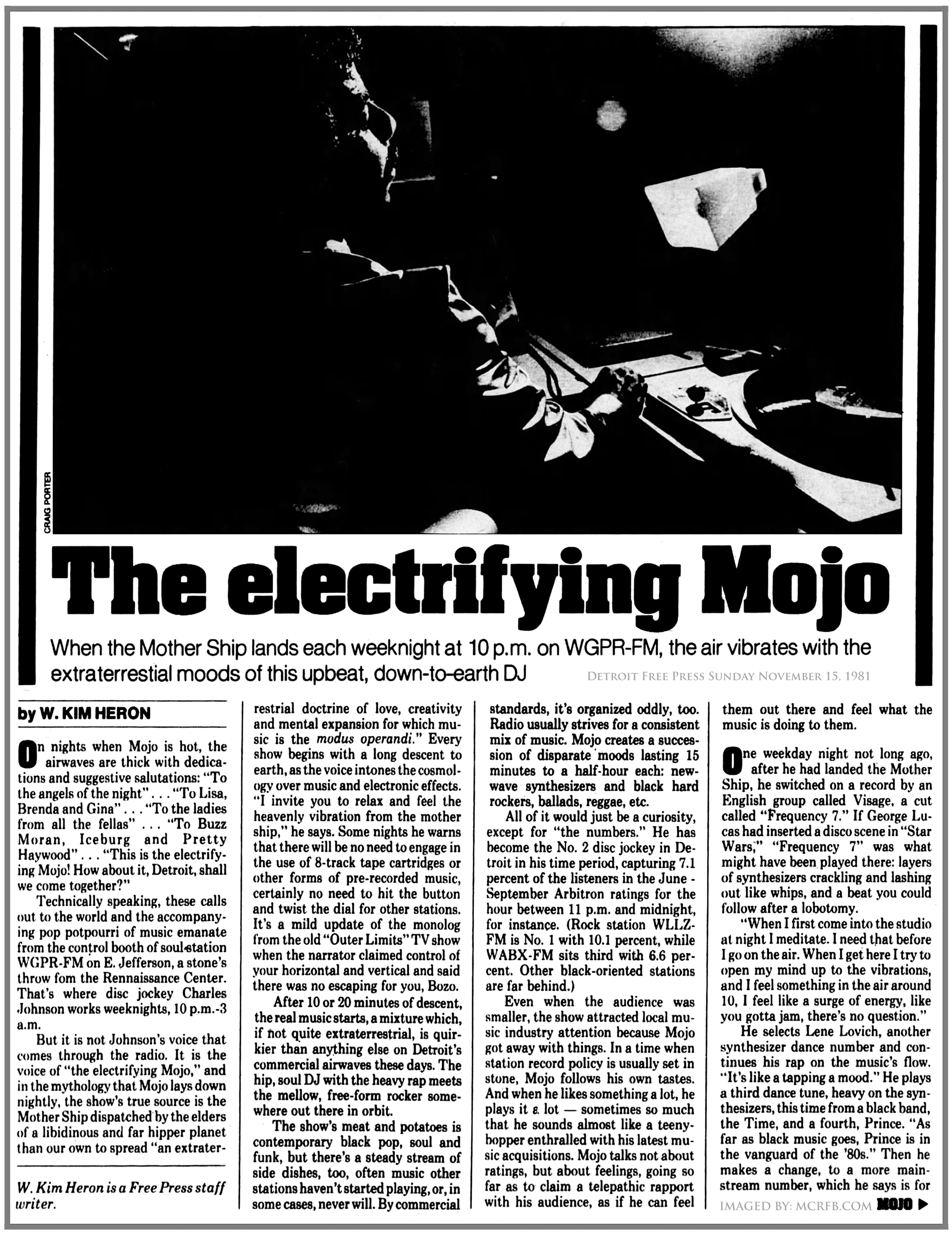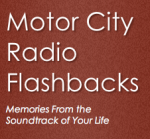 WGPR Making Waves in Detroit with Increased Remote Broadcasting
WGPR Making Waves in Detroit with Increased Remote Broadcasting
DETROIT — A radio station that’s “kinda movin’ ” gets listeners and WGPR-FM is a station constantly on the move. Floyd M. Jones (aka Sporty J), station manager, said the station is “No. 1 among FM stations and No. 3 among stations – period.”

Probably the strongest example of how this station moves, however, is a countdown of its remotes – 36 a week. Jones handles a two-hour daily, three – hour Saturday evening jazz record show from the Disk Jockey Lounge. Dan (Bull Frog) Harrison does an rhythm and blues record show from the Chit Chat Lounge. DJ Larry Dixon may handle a random remote broadcast, but nothing steady at the moment; however, he does have a weekly record hop.
The 50,000-watt FM station broadcasts about 20 hours a day covering a radius of 75 miles. One reason for the tremendous success enjoyed by the station, Jones said, is that some 87 per cent of Detroit’s Negro element has FM radios. “But it’s more than that. We’re creating the image here that FM is more than just a background medium. We’re putting out a new sound.”
While the station programs record shows for Detroit populace such as Greeks, Italians, Polish and Mexican, the main portion of each day is used with rhythm and blues programs – a total of three programs a day for a total of seven hours. Jazz takes up about four hours each day. Gospel music is played early in the morning. Sunday is devoted to remote broadcasts most of the day from local churches. The station employs about 40 people. Bob Longwell is the station’s general manager.
Another reason the station is moving, according to Jones, is that programming and air personalities aims at three important and large audience segments. “I take care of the jazz fans,” Jones said. “Larry Dixon is a teen-oriented personality. And Bullfrog is for the rhythm and blues fans.” END
Information, credit, and news source: Billboard, July 17, 1965
![]()


























